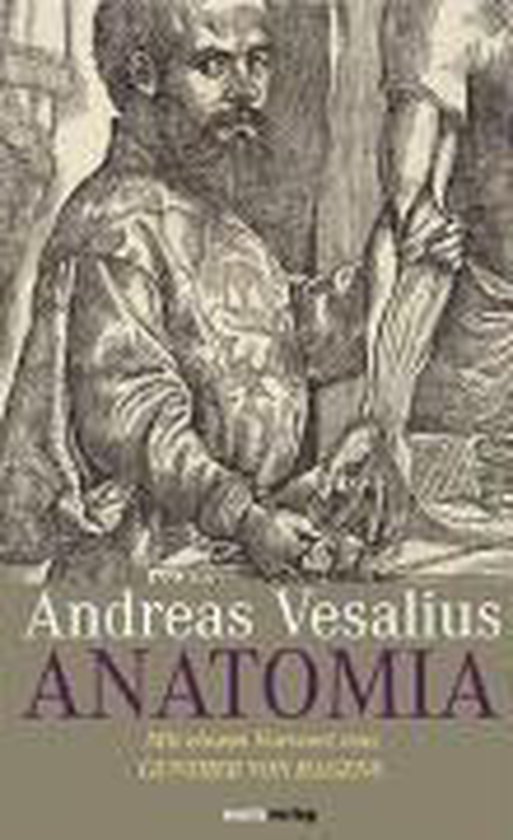
Illustrations from The Works Of Andreas
The works of Andreas Vesalius (1514'1564) have long been regarded among the great treasures of the Renaissance. Published as medical books while he was teaching anatomy and dissection at the University of Padua, they include the Tabulae Sex (1538), intended as an aid to students; the magnificently illustrated De Humani Corporis Fabrica (1543), and the companion volume, the Epitome (1543). Individually, these books are milestones in the history of medicine. They also offer one of the most magnificent collections of anatomical drawings ever published. The plates were executed with such vitality and originality that they have been attributed to the most talented illustrators of the sixteenth century, not to mention Vesalius himself. Many of the drawings, in fact, were products of Titian's famous atelier.
For this edition of the Vesalius illustrations, Dover has combined the best existing plates and text. The illustrations have been reproduced from the sumptuous (1934) Munich edition of Vesalius titled Icones Anatomicae. The Munich plates were struck for the most part from the original wood blocks then in the collection of the Library of the University of Munich. These priceless art objects were destroyed in the bombing of Munich during World War II. Aside from the original copies of the woodcuts (of which only a few complete sets are known), the Munich restrikes are the best representations of the Vesalian anatomical drawings, for they preserve much of the freshness and richness of the 1543 edition.
The text of this Dover edition has been faithfully reproduced from an edition of Vesalius published by World Publishing Company in 1950. The editors, distinguished authorities on sixteenth-century medicine, have provided a very comprehensive history of Vesalius, his career, and excellent explanations of the legends surrounding the illustrators, artists, and publishers involved with the production of his books. No other source will provide the general reader, bibliophile, art historian, artist, or historian of science and medicine with such complete data on Vesalius and his fabulous anatomical illustrations.
For this edition of the Vesalius illustrations, Dover has combined the best existing plates and text. The illustrations have been reproduced from the sumptuous (1934) Munich edition of Vesalius titled Icones Anatomicae. The Munich plates were struck for the most part from the original wood blocks then in the collection of the Library of the University of Munich. These priceless art objects were destroyed in the bombing of Munich during World War II. Aside from the original copies of the woodcuts (of which only a few complete sets are known), the Munich restrikes are the best representations of the Vesalian anatomical drawings, for they preserve much of the freshness and richness of the 1543 edition.
The text of this Dover edition has been faithfully reproduced from an edition of Vesalius published by World Publishing Company in 1950. The editors, distinguished authorities on sixteenth-century medicine, have provided a very comprehensive history of Vesalius, his career, and excellent explanations of the legends surrounding the illustrators, artists, and publishers involved with the production of his books. No other source will provide the general reader, bibliophile, art historian, artist, or historian of science and medicine with such complete data on Vesalius and his fabulous anatomical illustrations.
| Auteur | | Andreas Vesalius |
| Taal | | Engels |
| Type | | Paperback |
| Categorie | | Kunst & Fotografie |



